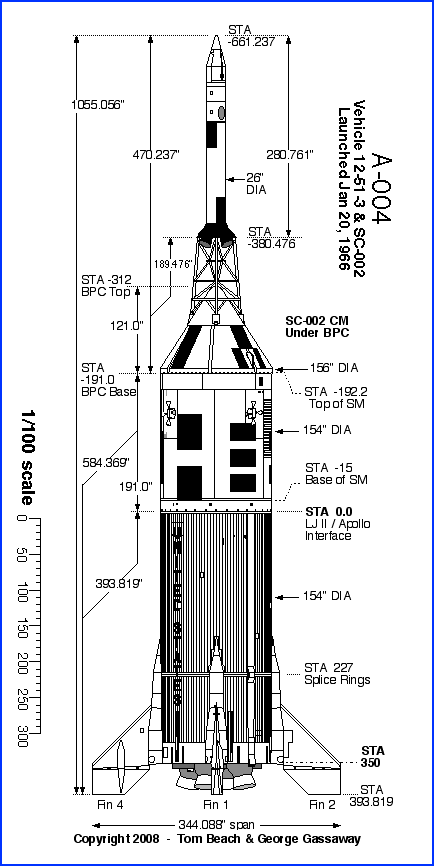- Joined
- Apr 20, 2019
- Messages
- 82
- Reaction score
- 35
After opening this thread some 20 months ago, I finally got around to adding the last final little detail to my Little Joe II model. Not long after the model was released, a modeler named Daniel Cavender posted a photo of a display stand for the model that he laser cut from plywood. I thought Daniel's stand was fantastic, so I reached out to him to see if he would share the file so I could cut one for myself. After cutting a kit over a year ago I get distracted by other projects, and the parts started gathering dust.
A few weeks ago I decided to dust them off and put the kit together. Daniel's engineering was fantastic, and the plywood bits fit together exceptionally well. Construction took just a bit of epoxy, and after some quick sanding the structure was hit with some primer, some gloss white, and finally some bright yellow (all Rustoleum).
While the stand isn't strictly scale, it is a great complement to the finished model. Thanks to Daniel for sharing the digital file for the stand, and thanks again to John Boren and Estes for modernizing and revitalizing one of the greatest kits in the history of our hobby!
James
View attachment 329347
PM me with your email address, I talked to my friend at work and is going to look into what he might charge for cutting these. He added some tweaks like "tab and slot" for the cross pieces. He is going to test some other materials as the luan plywood he used for mine charred pretty badly and some of the center plys fell out. This added some more filling work to finish the edges, but the thing fits together really well...you almost don't need any glue! Once he gets things worked out, I can forward your email to him and let you all work out detailsHe is pretty busy at his day job and has some other things going on, so I don't imagine he would be building a bunch of these in production...
If you can get someone to laser cut I would love to buy set.
Seconded! As a new member to the forum, this thread and the insights/information contained in it are outstanding.
I would also be interested in the LJII wooden stand if someone is able to print and sell.
-Mike
If no progress on the stand yet, I contacted a small laser shop in San Diego (FLB Laser), and for a quantity of 6 or more, it would be $50 per stand, including materials (premium 1/4" Baltic Birch ply), sanding and cleaning of the finished cut pieces. Shipping and handling would be extra of course. But this may be a way to go forward on this. My question is, would this be an improper use of Daniel's file, if these stands are sold at cost?








